Watch GlossaryGuilloche
Guilloche is a decorative, labour-intensive technique using a rose engine (hand-operated lathe) that engraves intricate geometric patterns into watch dials, cases, and even parts of a movement
May We Recommend
What is guilloche pattern?
Guilloche, phonetically pronounced gee-oh-shay, is a type of decoration, which is done usually on a watch dial or a case/caseback with the help of an engraving technique. It is achieved through a repetitive pattern in which the design is created using precise intricate pattern with very fine details. Also known as engine turning, the guilloche pattern is the art that uses a special machine called a rose engine or geometric lathes.
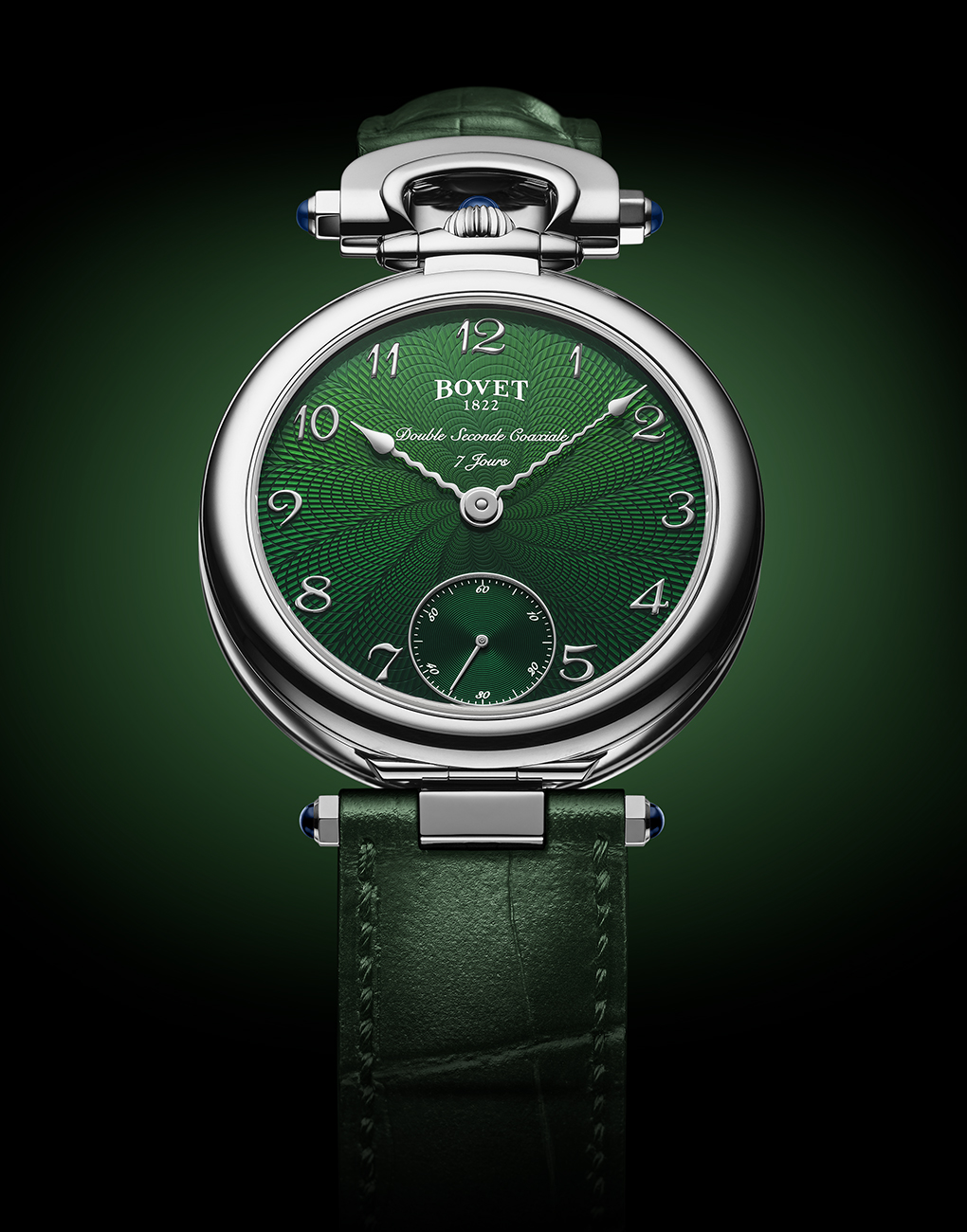
Traditional and artistic crafts hold immense importance in the haute horlogerie industry… Guilloche is a decorative, labour-intensive technique using a rose engine (hand-operated lathe) that engraves intricate geometric patterns into watch dials, cases and even parts of a movement.

It takes years for skilled artisans to master this art. The first guilloche pattern dial created was in the 18th century. The engine turning machine was earlier used on soft materials like ivory and wood in the 1500’s and later used for hard metals like gold and silver. There are two methods of producing guilloche-hand and manual guilloche. The former moves in circular motion while the latter moves in straight lines.
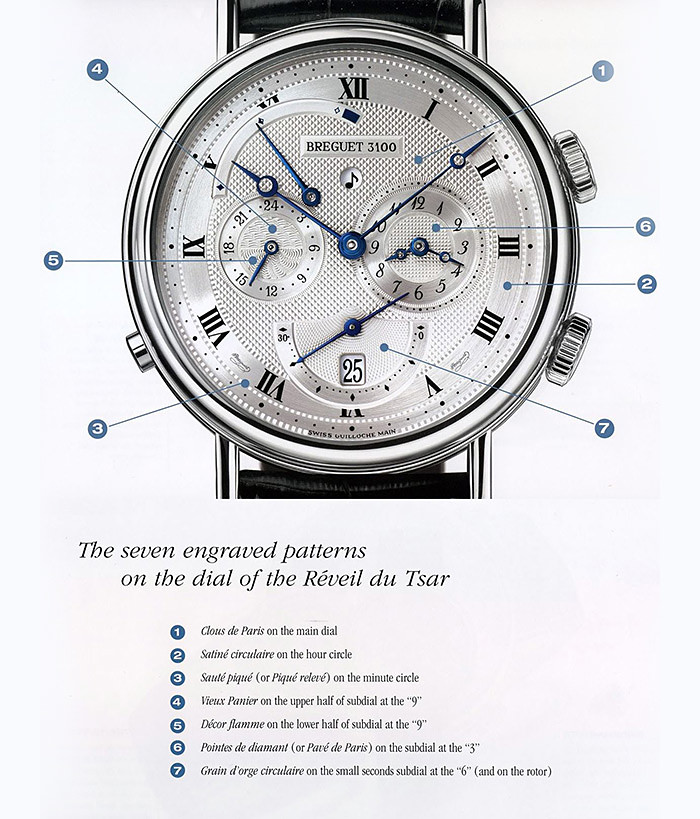
The rose engine machine is used where the item to be engraved is carefully placed and rosettes which are guided templates help in the engraving across the watch dial or the case which needs to be engraved. Depending on the design, the speed of rotation as well as the amount of pressure to be applied is both controlled manually. This is a very complicated process and requires a steady hand as well as a high amount of concentration. A simple error and the whole process needs to be repeated again. While the machine is engraving the watch dial or the case, the artisan needs to observe the whole process through a magnifying glass or a low power binocular microscope as the design is too intricate and the dial too small.
Types of guilloche designs
These days the machines which produce the guilloche pattern are rarely produced and only a few luxury watch companies have them. There are various architectural building and currency notes on which the pattern is still used frequently. For luxury watch the intricacy with which the guilloche pattern is crafted is a mark of the brands expertise. It turned timepieces into art pieces. There are various designs used often in watches. Some of them are listed below:
Clous De Paris: The most frequently used guilloche is the classic hobnail design. It is a continuous tapestry of hollowed lines, which intersect to form tiny pyramidal shapes, and when viewed from a distance, lends depth to an otherwise plain surface.
Sunburst guilloche – Sunburst guilloche is less intricate but it is in no way less striking. As its name suggests, this design brings to mind rays of the sun radiating from a central point of reference, where the lines are finest.
Grand Tapisserie – Comprising rows upon rows of uniform squares, Grand Tapisserie is unique to the manufacture. There are two versions of this guilloche, the ‘small tapestry’ and the ‘large tapestry’, differentiated by the size of the squares.
Flinqué – Flinqué as an art is defined as the accomplishment of engraving, either by hand using a graver or by machine using the rose-engine or straight line machine, followed by an application of a final protective translucent coating, often in enamel or lacquer.


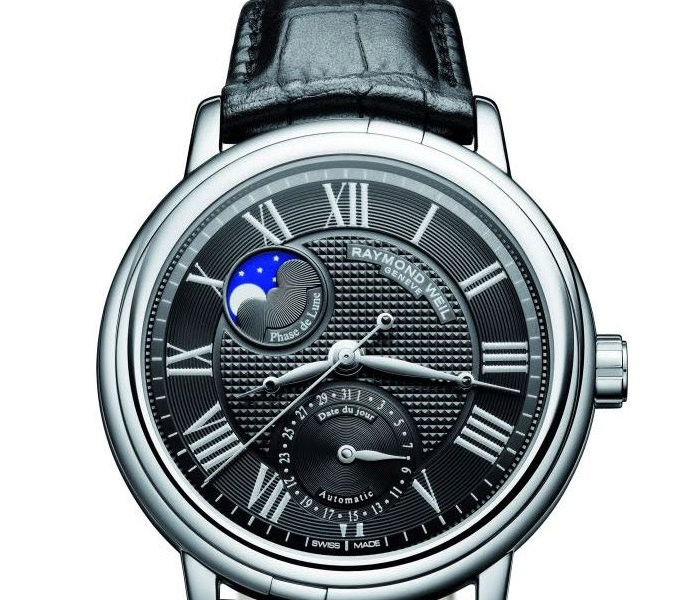
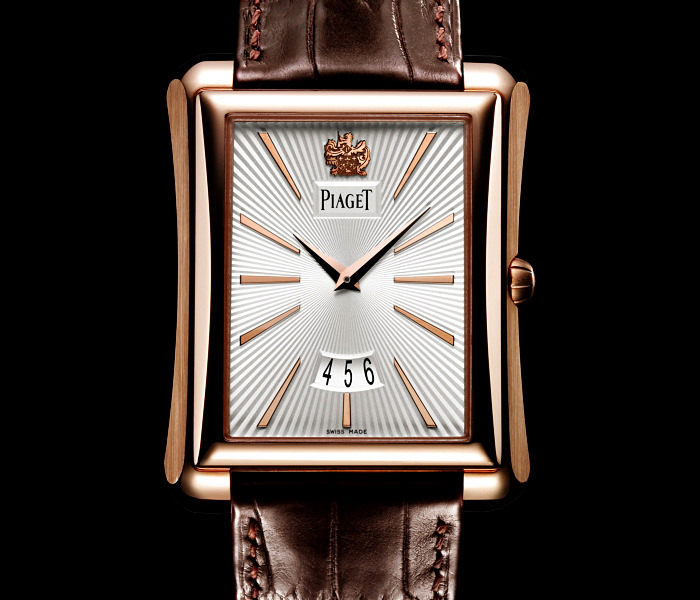
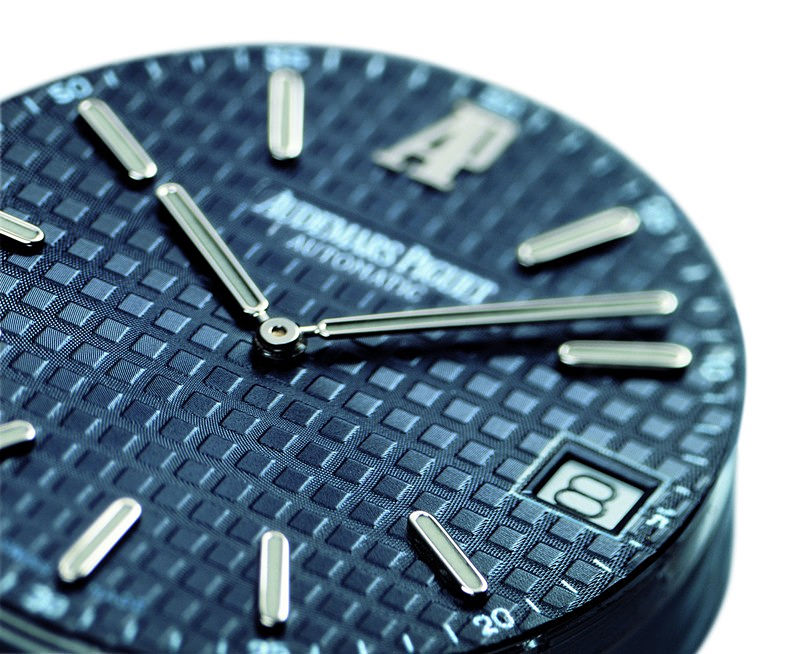
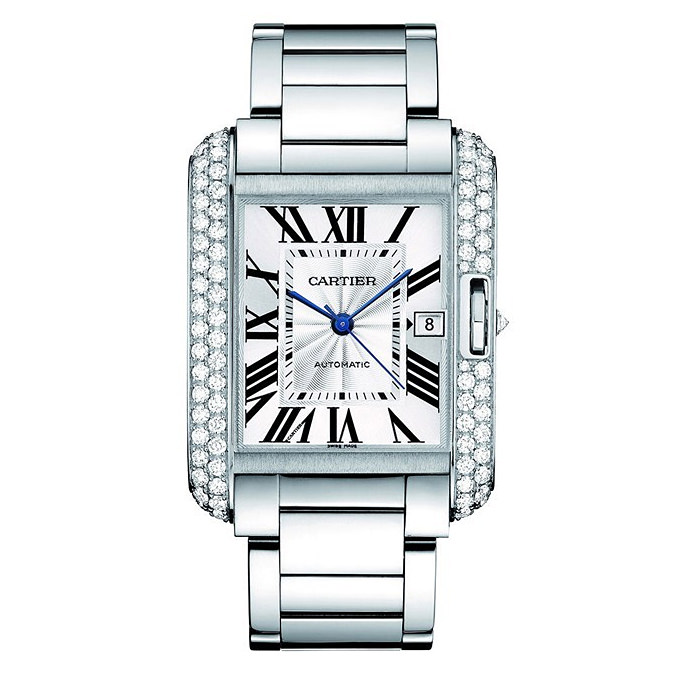





Sustain the awesome job !! Lovin’ it!